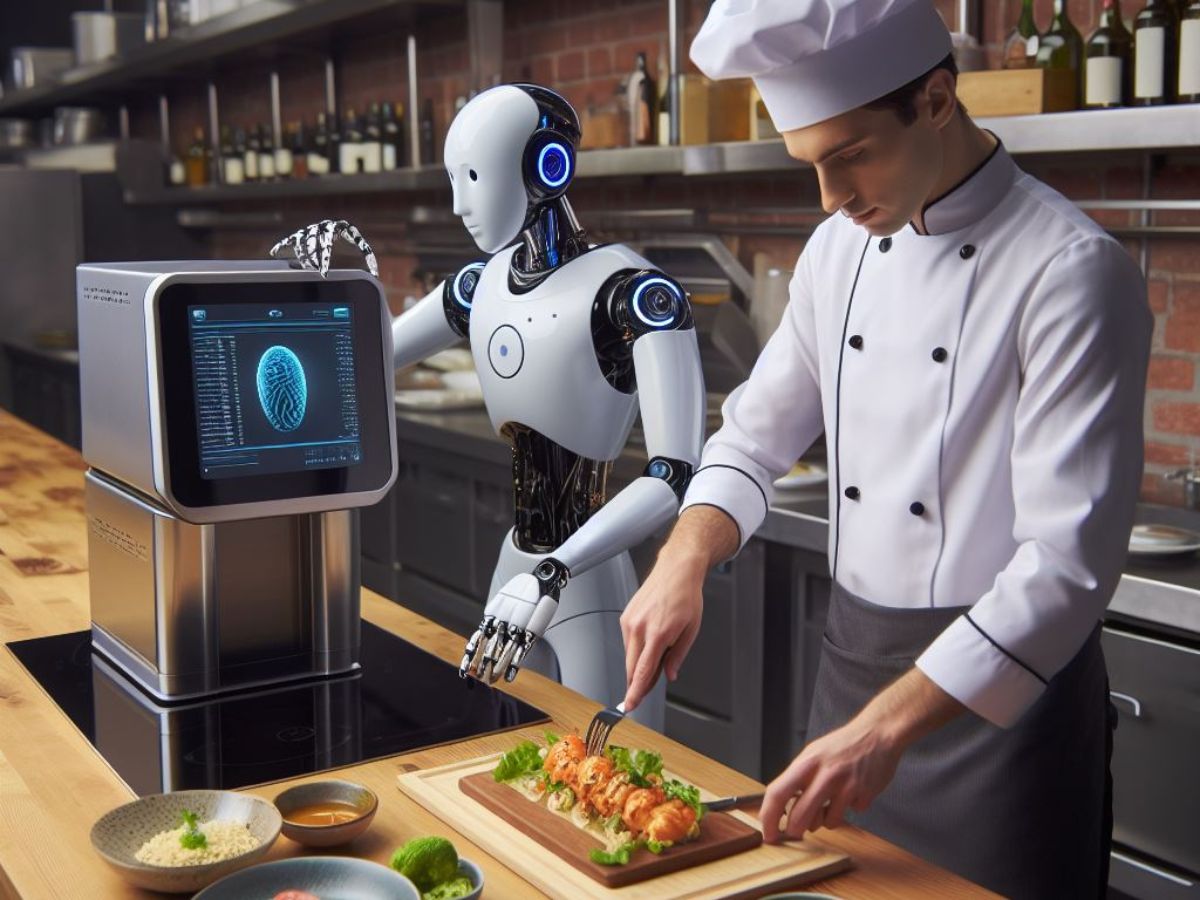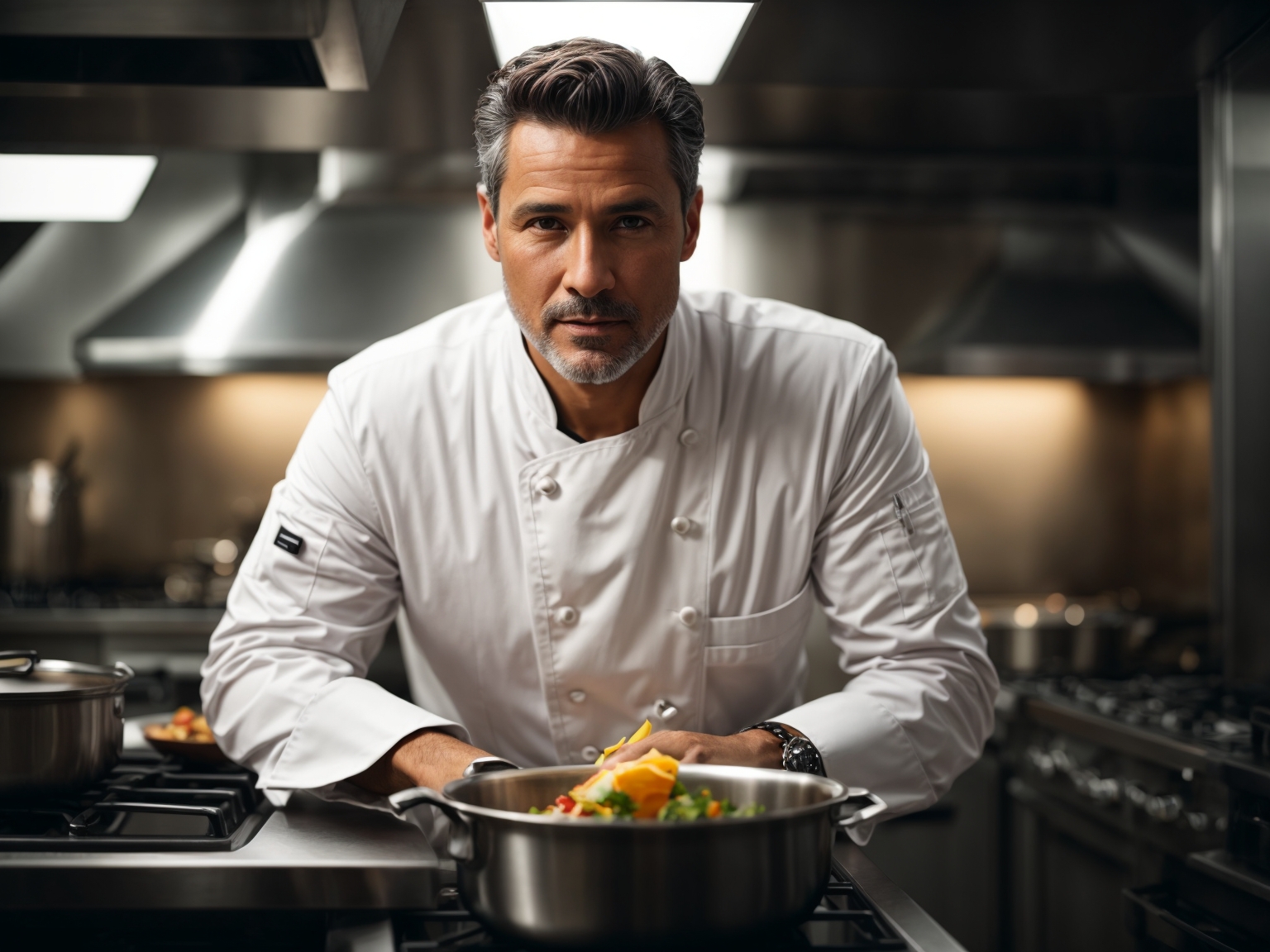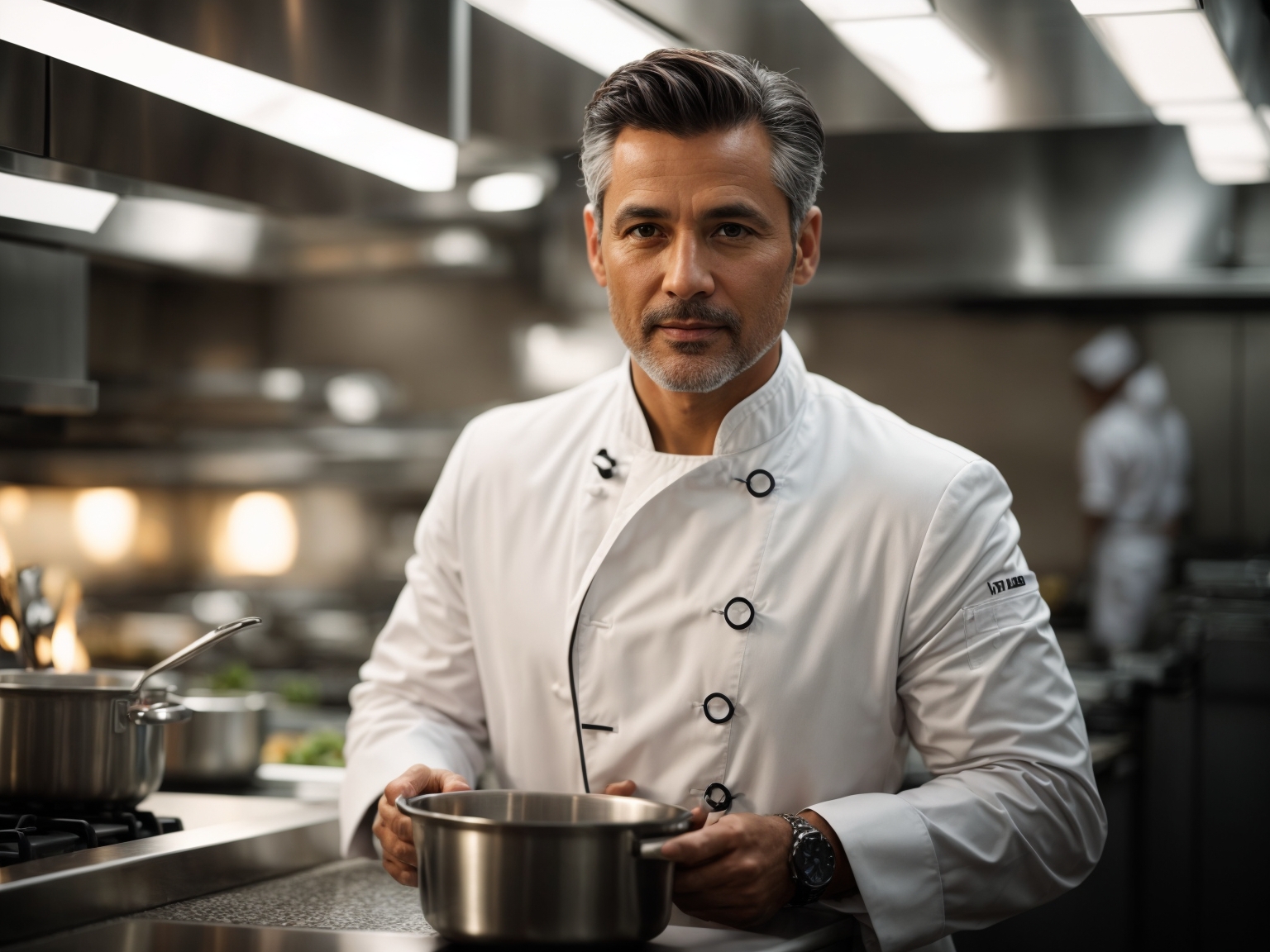Are you ready to take your culinary skills to the next level?
In the time of technology and data-driven decision-making, chefs are finding innovative ways to enhance their creativity in the kitchen.
Whether you’re a professional chef or a passionate home cook, embracing data-driven techniques can revolutionize your cooking game.
In this blog post, we’ll explore how the marriage of data and culinary arts can lead to extraordinary culinary experiences.
The Fusion of Data and Culinary Arts
Traditionally, cooking has been seen as an art form that relies on intuition, creativity, and experience. While these elements are still crucial, the integration of data-driven approaches can complement and enhance them.
So, how can data play a role in the culinary world?
1. Recipe Optimization
One of the most obvious ways data can enhance culinary creativity is through recipe optimization. By analyzing thousands of recipes and their ingredient combinations, data can provide insights into what flavours and ingredients work well together. This doesn’t mean you need to abandon your creativity; rather, it can serve as a source of inspiration.
For instance, a data-driven analysis might reveal that dishes pairing citrus fruits with fresh herbs tend to be popular. Armed with this knowledge, you can create unique dishes that incorporate these elements while adding your personal twist.
2. Ingredient Pairing
Data can also help you discover unexpected ingredient pairings. Algorithms and databases can analyze the chemical compounds in different ingredients to identify potential flavor matches. This can lead to exciting experiments in your kitchen, such as combining ingredients you may not have considered before.
For example, data might suggest that the compounds responsible for the aroma of strawberries are also present in balsamic vinegar. This information could inspire you to create a strawberry and balsamic reduction sauce to elevate your dessert game.
3. Seasonal Cooking
Culinary creativity often thrives on seasonal ingredients. Data can help you stay ahead of the game by providing information on the availability and quality of seasonal produce. This allows you to plan your dishes around what’s freshest and most flavorful at any given time.
Moreover, data can help you anticipate ingredient price fluctuations, allowing you to adjust your menu or shopping list accordingly. For example, if data predicts a surplus of tomatoes in the summer, you can plan a tomato-focused menu while prices are lower.
4. Personalized Menus
Data-driven approaches are not limited to professional kitchens. Home cooks can also benefit from personalized culinary experiences. Mobile apps and platforms can collect data on your cooking preferences and dietary restrictions, suggesting recipes tailored to your taste.
Imagine an app that knows you love spicy food, avoid gluten, and enjoy experimenting with international cuisines. It can recommend recipes that match your preferences, making your meal planning more enjoyable and efficient.
Tools for the Data-Driven Chef
Now that we’ve seen how data can enhance culinary creativity, let’s explore some of the tools and resources available for chefs and home cooks who want to embrace this data-driven approach.
1. Culinary Databases
Several databases and websites are dedicated to culinary data. These platforms compile recipes, ingredient information, and user reviews, offering a wealth of data for chefs to explore. Websites like Epicurious and Yummly are great places to start your data-driven culinary journey.
2. Flavour Pairing Apps
There are mobile apps designed to help you discover new flavour pairings based on scientific data. These apps can provide exciting combinations and inspire your culinary experiments.
3. Smart Kitchen Appliances
The smart kitchen revolution has brought us appliances that integrate with data and technology.
Smart ovens, sous-vide machines, and precision cookers can help you achieve perfect results by controlling cooking time and temperature with precision.
Additionally, some of these appliances can suggest recipes and even order ingredients for you based on your preferences and what’s in your pantry.
4. Personalized Recipe Apps
Apps like “Yummly” and “Paprika” allow you to input your dietary preferences and cooking goals. They then recommend recipes that match your criteria. You can even save and organize your favourite recipes for easy access when you’re ready to cook.
Data-Driven Creativity in Action
To truly understand the impact of data-driven creativity in the culinary world, let’s take a look at some real-world examples:
1. The Flavour Network
In a groundbreaking study published in the journal Nature, researchers analyzed a massive dataset of recipes to create a flavor network. They found that ingredients used in the same recipes tend to share flavour compounds. This discovery has revolutionized how chefs think about ingredient pairings.
Imagine being able to create a dish that pairs two ingredients not commonly associated with each other but share flavor compounds. This is where data-driven creativity can take your culinary creations to new heights.
2. Culinary Data Labs Sebastian, The AI Gourmet
Culinary Data Labs “AI Gourmet” is an AI-powered culinary assistant that uses data to create unique recipes. It analyzes thousands of recipes and identifies combinations of ingredients that haven’t been explored before.
The results? Dishes that challenge traditional culinary boundaries.
The AI Gourmet has introduced dishes like “Veggie-Packed Sausage And Kale Lasagna” and “Cranberry Balsamic Braised Short Ribs.” By pushing the boundaries of flavour combinations, it encourages chefs to think outside the box and experiment with their own creations.
3. Data-Driven Wine Pairing
Wine pairing has long been based on sommelier expertise, but data has started to play a role in this domain as well. Apps like “Vivino” use user reviews and wine databases to suggest wine pairings for various dishes. This democratizes the wine-pairing experience, allowing even novice wine enthusiasts to make informed choices.
Balancing Data and Creativity
While data-driven techniques can undoubtedly enhance culinary creativity, it’s essential to strike a balance between data and artistic intuition. Cooking is an art, and intuition, passion, and creativity remain at its core.
Here are some tips for finding the right balance:
1. Embrace Experimentation
Don’t be afraid to experiment in the kitchen. Data can provide inspiration, but your personal touch and creativity are what make your dishes unique. Try new combinations and techniques, and don’t hesitate to deviate from the data-driven path when inspiration strikes.
2. Use Data as a Guide
Think of data as a guide rather than a strict rulebook. It can offer insights and suggestions, but you should feel free to adapt and modify recipes and ingredient pairings to suit your taste and style.
3. Learn from Data
Data can also be a valuable learning tool. By studying trends and insights in culinary data, you can gain a deeper understanding of flavor profiles, ingredient interactions, and seasonal variations.
4. Trust Your Senses
Ultimately, the most crucial factor in cooking is your senses. Taste, smell, touch, and sight should guide your decisions in the kitchen. Data can provide a starting point, but your senses will tell you when a dish is perfectly cooked and well-balanced.
The Future of Data-Driven Culinary Creativity
As technology continues to advance, we can expect even more exciting developments in the world of data-driven culinary creativity.
Here are some trends to watch for in the future:
1. AI-Generated Recipes
We may see the rise of AI-generated recipes that take into account not only flavour combinations but also cultural and regional preferences. AI could create entirely new dishes inspired by global cuisines.
2. Virtual Taste Testing
Virtual reality and sensory technology may allow chefs and home cooks to virtually taste their creations before cooking them. This would enable real-time adjustments to flavours and textures, leading to perfectly customized dishes.
3. Sustainable Cooking
Data-driven approaches can help chefs make more sustainable ingredient choices. We can expect to see a greater emphasis on eco-friendly and locally sourced ingredients in data-driven culinary practices.
Conclusion
The data-driven chef is a new breed of culinary artist, one who harnesses the power of data to enhance creativity and push the boundaries of flavour.
While data can provide inspiration and guidance, it’s essential to maintain a balance between data-driven techniques and the intuitive, artistic aspects of cooking.
As technology continues to evolve, we can look forward to even more exciting innovations in the culinary world. Whether you’re a professional chef or a passionate home cook, embracing data-driven approaches can open up a world of culinary possibilities.
So, get that apron on, fire up the stove, and let data be your culinary muse as you embark on a journey of gastronomic exploration like never before.




Leave a Reply